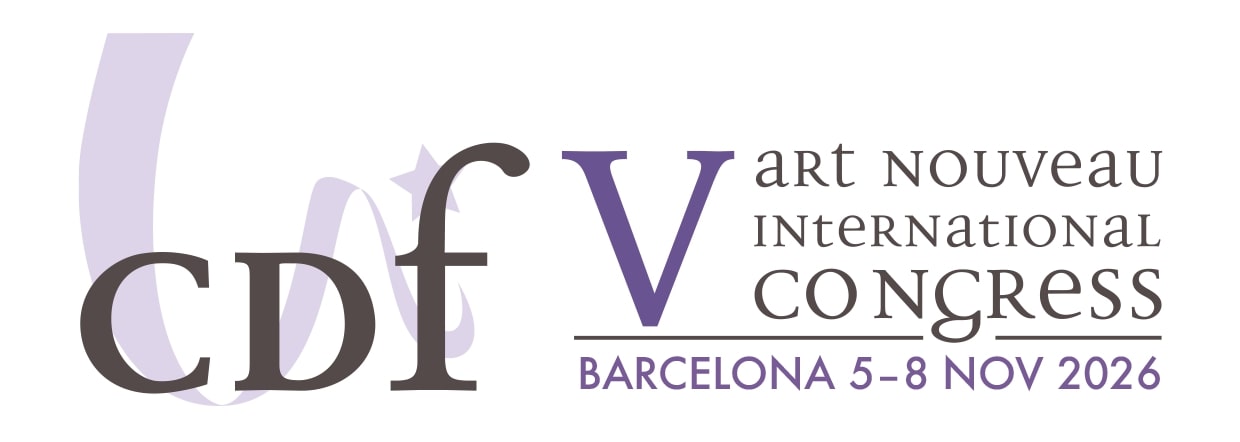He studied at the Barcelona School of Architecture, at the same time as J. Alsina i Arús, A. Ruiz i Casamitjana and J. Granell, among others.
The early years of his career were linked to A. Gaudí, as he started out as an assistant in the architect's workshop and in 1900 became a permanent employee of his, taking part in the building of Torre de Bellesguard (1900-1902; Bellesguard, 20), Casa Calvet (1898-1900; Casp, 48), the dwellings in Colònia Güell (1890; Claudi Güell, s/n, Santa Coloma de Cervelló, 1890) and the Temple of the Sagrada Família (1882; unfinished).
When this relationship turned cold, he branched out on his own, designing buildings in which he attempted to use a more personal language employing a large variety of styles and types. On several occasions, different works of his won the prize awarded each year by Barcelona City Council to the best buildings constructed in the city. Some of his best constructions show Gaudi's influence, such as Casa Golferichs (1901; Gran Via de les Corts Catalanes, 491) and Casa Roviralta, known as El Frare Blanc (1903-1913; The White Friar, Avinguda del Tibidabo, 31). Later works, on the other hand, exemplify a trend towards the construction of more monumental and academic buildings.
In 1906 he joined the Technical Services of the Provincial Council as an architect and devoted more and more of his time to writing about architectural theory, focusing to a large extent on the figure of A. Gaudí, but basing himself on all his theoretical and technical knowledge of construction.
He was involved in Catalan politics, standing for the Lliga Regionalista in the municipal elections of 1905 and later as a local councillor.
At the end of his career he turned to restoring and refurbishing buildings such as that of the Palau de la Generalitat de Catalunya, the Catalan autonomous government (1923-1929).
He also produced work elsewhere in Spain, including Saragossa, the Balearic Islands and Gijón.



 Architect and archaeologist
Architect and archaeologist


